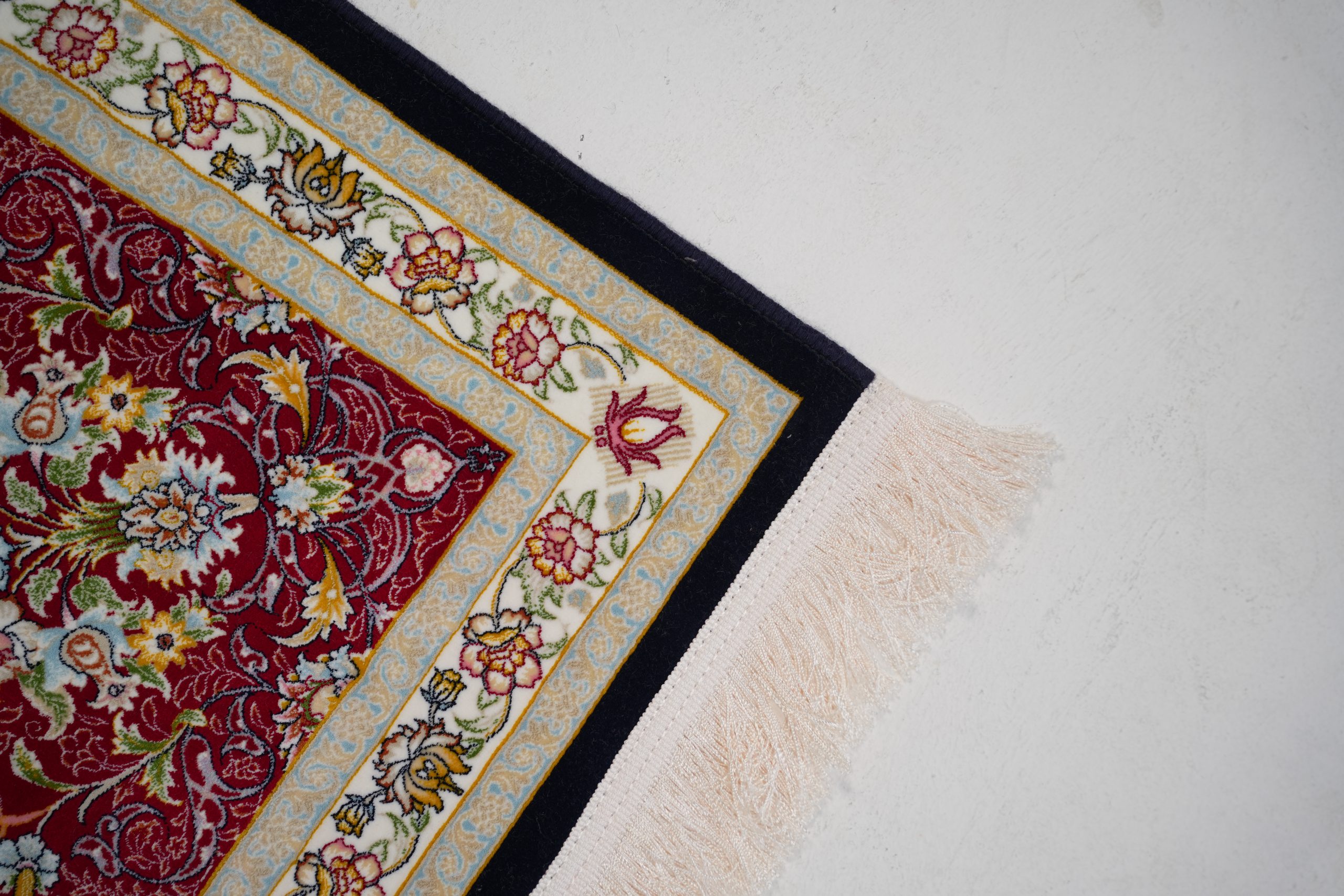Shah Abbasi Carpet
The Timeless Elegance of Shah Abbasi Carpets
Introduction
Among the countless wonders of Persian art, the Shah Abbasi carpet design stands as a symbol of timeless beauty and royal heritage. Named after the great Safavid ruler, Shah Abbas I, this intricate pattern captures the soul of Persian culture with its delicate floral motifs, harmonious layout, and deep symbolic meanings. A single glance at a Shah Abbasi carpet transports the viewer into a world of graceful geometry, mystical elegance, and artistic mastery — a world woven by the hands of Persian artisans over centuries.
Main Body
1. Historical Background
The Shah Abbasi design emerged during the golden age of Persian carpet weaving in the 16th and 17th centuries, under the reign of Shah Abbas I of the Safavid dynasty. This era witnessed a cultural renaissance, where the arts — especially carpet weaving — were highly promoted. Workshops in Isfahan, Kashan, and Tabriz became famous for producing luxurious carpets, many of which featured the newly introduced Shah Abbasi motif.
2. Artistic Features
The defining element of this design is the Shah Abbasi flower, a stylized floral motif often accompanied by curling vines, arabesques, and cloud bands. These motifs are typically arranged around a central medallion and mirrored in the four corners (known as the “medallion and corner” or toranj-o-lachak layout). Colors used are rich and symbolic — deep reds, navy blues, creams, and sometimes emerald or turquoise, all derived from natural dyes.
3. Cultural and Symbolic Significance
Shah Abbasi carpets go beyond mere decoration. The motifs represent unity, nature’s harmony, and divine beauty. The floral patterns, often inspired by the Persian garden — a metaphor for paradise — convey a spiritual connection to the divine, as well as a celebration of life’s symmetry and balance.
4. Influence and Legacy
The Shah Abbasi design has transcended centuries and borders. It continues to inspire both traditional weavers and contemporary designers, not only in Iran but in countries like India, Pakistan, and Turkey. Even in modern machine-made carpets, the Shah Abbasi style is frequently used for its elegance and classical appeal.
Conclusion
Shah Abbasi carpets are more than just textiles — they are woven tales of royal glory, artistic excellence, and cultural richness. Each knot and thread tells a story of heritage and identity. Whether displayed in museums or adorning the floors of homes, these carpets remain a living testimony to the golden age of Persian craftsmanship and its enduring influence on the world of art and design.






